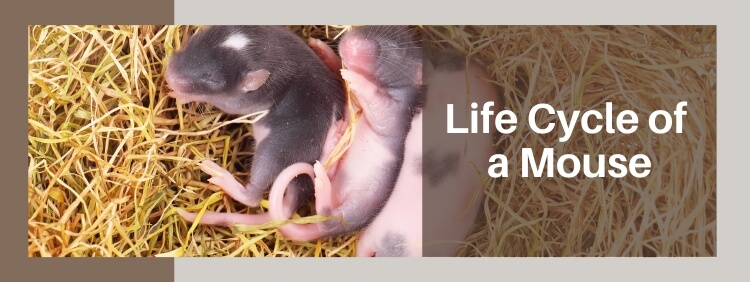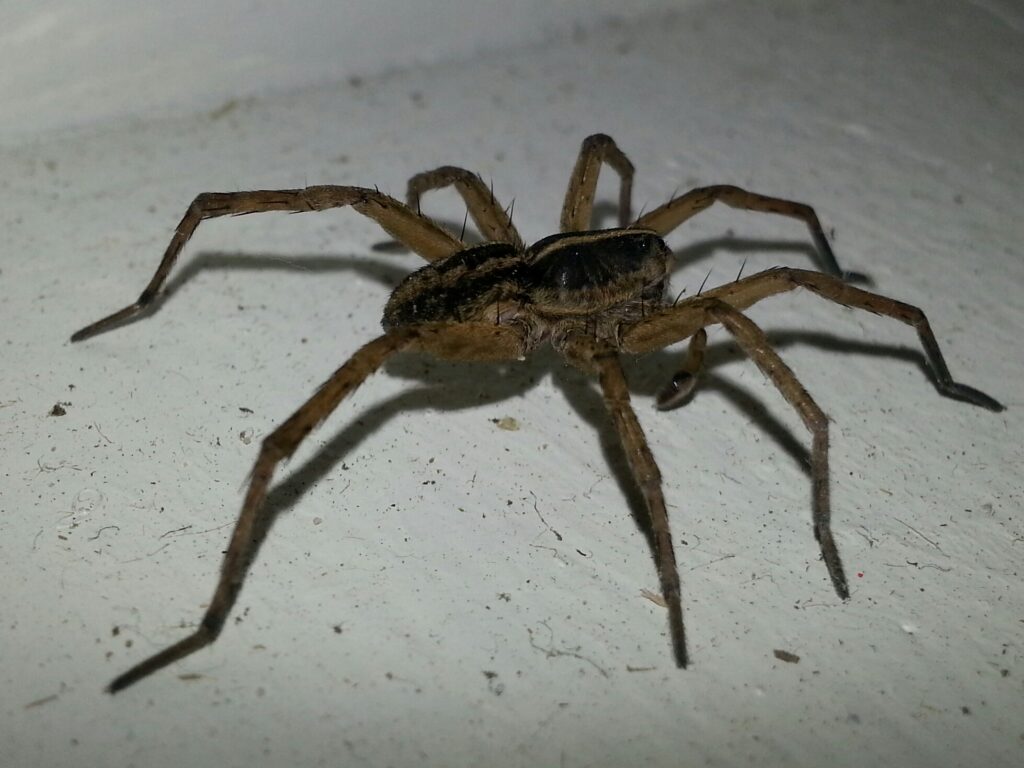 As pest control experts at Truly Nolen Canada, we often address concerns related to mice. Understanding the life cycle of a mouse — from its vulnerable beginnings to its resilient adulthood — is crucial for effective rodent control in Toronto. These small mammals navigate a complex journey as they grow, facing a myriad of challenges within urban environments. Shortly after birth, their survival hinges on finding sustenance and warmth, often leading them closer to human habitats, which can inadvertently become hotspots for infestations.
The lifespan of a mouse, typically around 12 to 18 months in the wild, is a testament to their adaptability and rapid reproductive rates, which make proactive measures essential in what pest control does for mice. Our professional approach at Truly Nolen is designed to manage and prevent unwelcome guests, ensuring the safety and comfort of your living spaces without compromising on the well-being of these natural inhabitants.
As pest control experts at Truly Nolen Canada, we often address concerns related to mice. Understanding the life cycle of a mouse — from its vulnerable beginnings to its resilient adulthood — is crucial for effective rodent control in Toronto. These small mammals navigate a complex journey as they grow, facing a myriad of challenges within urban environments. Shortly after birth, their survival hinges on finding sustenance and warmth, often leading them closer to human habitats, which can inadvertently become hotspots for infestations.
The lifespan of a mouse, typically around 12 to 18 months in the wild, is a testament to their adaptability and rapid reproductive rates, which make proactive measures essential in what pest control does for mice. Our professional approach at Truly Nolen is designed to manage and prevent unwelcome guests, ensuring the safety and comfort of your living spaces without compromising on the well-being of these natural inhabitants.
Seasonal Reproduction: The Intriguing Breeding Cycle of Mice
Mice have a fascinating breeding system, which is greatly influenced by environmental conditions. They tend to mate more frequently during times of resource abundance, typically in the spring and fall seasons. The reproductive process starts off with the courtship, where the male mouse woos its potential partner through an intricate dance. Once the female accepts the male's advances, mating takes place. After mating, the gestation period for mice lasts just about 20 days, after which the female gives birth to a litter consisting of 5 to 12 pups. These pups are born hairless, with their eyes and ears closed. A newborn mouse is extremely vulnerable and is entirely dependent on its mother for survival. Without a doubt, understanding these aspects of mice reproduction can arm you with the knowledge necessary to handle a mouse situation and can significantly contribute to the process of rodent control. Truly Nolen's pest control experts are here to help you with this daunting task.The Average Lifespan of a House Mouse: Facts and Factors
The lifespan of house mice, Mus musculus, can vary greatly depending on several variables. In a perfect, predator-free environment like a lab, these little mammals can live up to 2 or 3 years. However, when exposed to conditions in the wild or residential areas, this lifespan is generally reduced to around just 1 year. This significant fluctuation is due to various factors that can impact the life expectancy of a mouse, such as the presence of predators, access to food and water sources, the climate, and exposure to diseases or parasites. Predators such as cats, birds of prey, and even certain types of insects can pose a substantial threat to mice's survival. Similarly, harsh weather conditions can be hugely detrimental to a mouse’s lifespan. Extended periods of elevated or extremely low temperatures can severely impact their ability to find food and reproduce effectively when food sources are scarce and climatic conditions are harsh. Access to clean food and water sources also significantly influences their longevity. Notably, mice living near humans often have access to more varied and reliable food sources, contributing to their extended lifespan in these environments. However, this might also expose them to human-made threats such as traps or poison. Finally, diseases and parasites can drastically shorten the lifespan of mice. As they're prone to numerous illnesses and parasites, especially when living in close quarters with other mice, this may represent a significant challenge to their survival. Keeping a keen eye on population dynamics and understanding the factors impacting mouse longevity are profoundly important in the world of pest control. Mice reproduce quickly and adapt to their environment efficiently; thus, any fluctuations in their lifespan can have substantial impacts on the overall mouse population in an area. Effective pest control requires deep knowledge of this life cycle and the use of pest management strategies specially tailored to these dynamic creatures.

